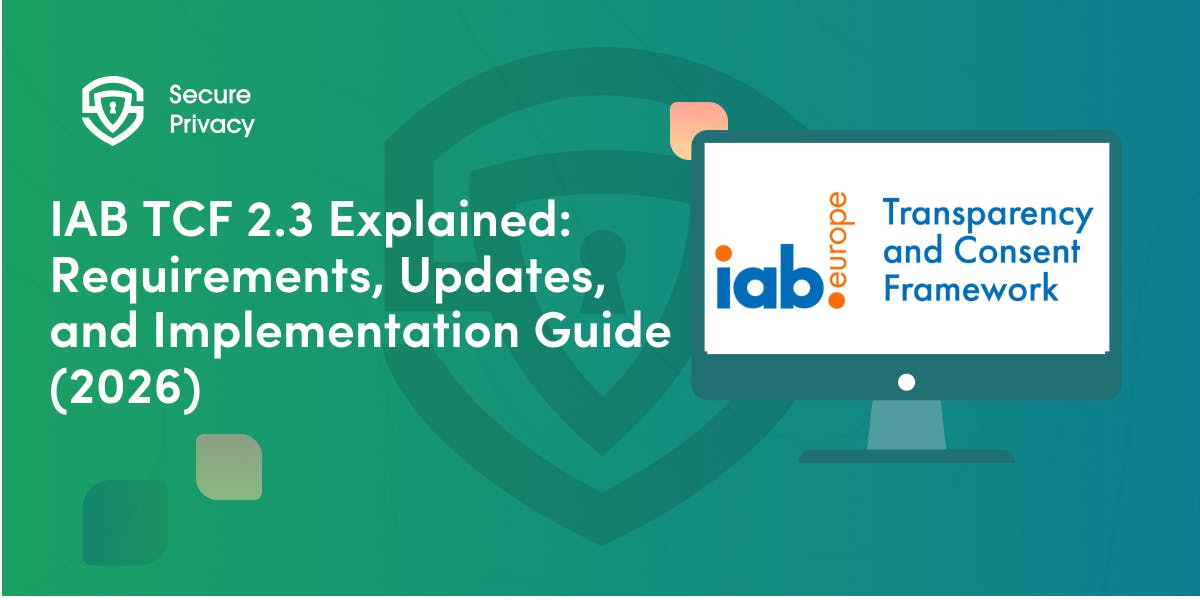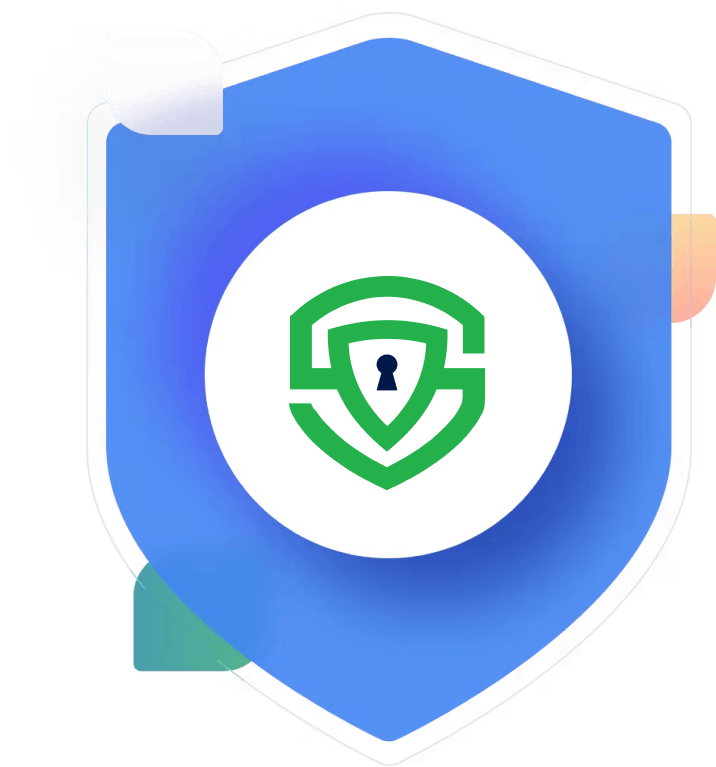The 5 Essential Pillars of Data Privacy: Your Complete Guide to Protection
Discover the 5 essential pillars of data privacy and learn how to protect personal information, build customer trust, and ensure compliance with key regulations. From data protection measures to breach management, this complete guide breaks it all down into actionable steps.
Ever wondered how big companies keep your data safe? Or maybe you're a business owner trying to navigate the complex world of data privacy? Either way, you're in the right place. Let's break down the five pillars of data privacy into simple, actionable steps that anyone can understand.
1. The Data Protection Officer: Your Privacy Guardian
What Exactly Is a DPO?
Think of a Data Protection Officer (DPO) as your organization's privacy expert and protector. Just like a safety inspector makes sure a building is secure, a DPO ensures your company handles personal information properly. They're the go-to person for all things related to data protection.
What Does a DPO Actually Do?
- Works like a privacy compass, guiding your company in the right direction
- Keeps an eye on how your organization handles personal data
- Acts as a bridge between your company and privacy regulators
- Makes sure everyone follows data protection rules
- Trains your team on handling sensitive information safely
Why Do You Need One?
Having a DPO isn't just about following rules - it's about building trust. When customers know you have someone dedicated to protecting their information, they feel more confident doing business with you. Plus, if something goes wrong, your DPO is there to handle the situation professionally.
2. Privacy Impact Assessments: Looking Before You Leap
What Is a PIA?
A Privacy Impact Assessment is like a safety check before starting a new project. Imagine you're planning to renovate your house - you'd check the structure first, right? PIAs work the same way for data privacy.
The PIA Process Made Simple:
- Ask the Important Questions
- What personal data will we collect?
- Why do we need it?
- How will we protect it?
- What could go wrong?
- Map Your Data Journey
- Where does the data come from?
- Where does it go?
- Who has access to it?
- How long do we keep it?
- Spot Potential Problems
- Look for weak points in your security
- Identify risks to personal information
- Consider what could happen if things go wrong
- Create Solutions
- Develop ways to protect the data
- Plan how to handle problems
- Set up safeguards before they're needed
3. Privacy Management Programs: Your Privacy Playbook
Building Your Program
Think of a Privacy Management Program as your master plan for handling personal information. It's like having a detailed recipe book that everyone in your organization can follow.
Essential Components:
- Clear Privacy Policies
- Written in plain language that everyone can understand
- Explaining exactly how you handle personal data
- Making it clear what rights people have
- Detailed Guidelines
- Step-by-step instructions for handling data
- Clear roles and responsibilities
- Emergency procedures for data incidents
- Data Inventory System
- Keeping track of what personal data you have
- Knowing where it's stored
- Understanding how it's used
- Planning when to delete it
Making It Work:
- Regular training sessions to keep everyone up to date
- Clear communication channels for privacy concerns
- Regular reviews to make sure everything's working
- Updates when laws or technology change
The Benefits:
- Everyone knows what to do with personal data
- Fewer mistakes in handling sensitive information
- Better trust from customers and partners
- Easier compliance with privacy laws
- Quicker response when problems arise
Remember, these first three pillars create the foundation for strong data privacy. They work together to protect personal information and build trust with your customers. Would you like me to continue with Part 2, which covers the final two pillars and brings everything together?
The key is making these concepts work in real-world situations. Start with what makes sense for your organization and build from there. Every step toward better privacy protection is a step in the right direction!
4. Data Protection Measures: Building Your Digital Fort
Think of data protection like building a secure house. Just as you need strong walls, locks, and an alarm system, your digital data needs multiple layers of protection. The foundation starts with smart data collection - only gathering what you truly need. This approach, called data minimization, not only makes your data easier to protect but also reduces risks if something goes wrong.
Access control forms your next layer of security. Like having different keys for different rooms in a building, you'll want to carefully control who can access various types of data. This means setting up proper authentication systems and making sure people can only access the information they need for their jobs.
Encryption plays a crucial role in your security strategy. Think of it as your digital safe - even if someone manages to get past other security measures, encrypted data remains unreadable without the proper key. Modern encryption tools make this process relatively straightforward, protecting both stored data and information being transmitted.
Essential Security Features:
- Regular security audits and updates
- Strong access control systems
- Data encryption at all levels
- Clear permission management
5. Data Breach Management: Your Emergency Response Plan
No matter how strong your defenses are, you need to be prepared for potential breaches. Having a solid response plan is like having a well-rehearsed fire drill - when everyone knows what to do, you can act quickly and minimize damage.
Your breach management strategy should start with detection. Modern security tools can help spot unusual activities that might indicate a breach. But technology alone isn't enough - your team needs to know what warning signs to watch for and how to report potential problems quickly.
When a breach occurs, quick action is essential. Your response team should have clear procedures to follow, starting with containing the breach to prevent further data loss. Communication becomes crucial at this point - you'll need to notify affected individuals and relevant authorities while keeping detailed records of your response actions.
After the Crisis
The work doesn't stop once the immediate crisis is over. Take time to analyze what happened and why. This investigation helps you identify weaknesses in your systems and procedures. Use these insights to strengthen your defenses and prevent similar incidents in the future.
Making It All Work Together
Success in data protection comes from how well these elements work together. Your DPO, privacy assessments, management programs, security measures, and breach response plans should form a seamless system. Regular training helps your team understand their role in this system and keeps security awareness high.
Think of privacy protection as an ongoing journey rather than a destination. Technology and threats evolve constantly, so your protection strategies need to evolve too. Regular reviews and updates help ensure your privacy measures remain effective.
The Benefits of Strong Data Protection
When done right, good privacy protection brings numerous benefits. Customers feel more confident sharing their information with you. Your team works more efficiently with clear procedures to follow. You're better prepared for audits and regulatory requirements. Perhaps most importantly, you build a reputation as a trustworthy organization that takes privacy seriously.
Conclusion: Your Path Forward
Start by assessing your current privacy measures. Where are you strong, and where could you improve? Pick one area to focus on first - perhaps strengthening your encryption or updating your breach response plan. Make steady progress, and remember that every improvement helps protect your organization and your customers better.
Privacy protection might seem complex, but breaking it down into these manageable pieces makes it more approachable. Focus on steady improvement rather than perfection, and you'll build a privacy program that serves your organization well.
Get Started For Free with the
#1 Cookie Consent Platform.
No credit card required

What is Cookie Consent? A Quick 2026-Ready Glance
Your website loads. Cookies track users. But without proper cookie consent, you're violating GDPR — risking fines up to €20 million or 4% of global revenue. Cookie consent is the legally required mechanism by which websites obtain explicit user approval before deploying non-essential tracking technologies. This requirement stems from GDPR Article 4(11) and the ePrivacy Directive, mandating that consent must be freely given, specific, informed, and unambiguous.
- Legal & News

DSAR Tools Explained: Best Software for Automating Privacy Requests
You're drowning in data subject access requests. Manual searches through dozens of systems miss regulatory deadlines and expose organizations to fines starting at $2,500 per violation. The solution? DSAR tools — purpose-built software that automates the entire process of responding to data subject access requests, from intake to delivery.
- Legal & News

IAB TCF 2.3 Explained: Requirements, Updates, and Implementation Guide (2026)
Your ad revenue dropped 40% overnight. Google stopped bidding on your inventory. Your DSP partners flagged your traffic as non-compliant. The culprit? An outdated TCF 2.2 consent string after the February 2026 enforcement deadline.
- Legal & News
- Cookie Consent

